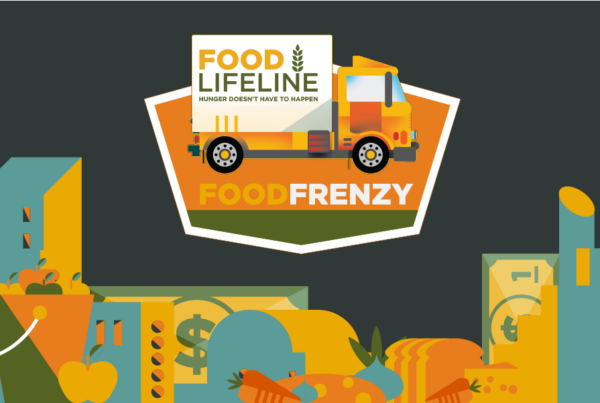In a three part blog series, we examine Western Washington’s hunger safety net, which is made up of food banks and meal programs throughout the state as well as government funded programs like SNAP, school meals, WIC, and programs for seniors. With Food Lifeline’s Missing Meals report, we are able to get a comprehensive look at how the safety net meets the needs of hungry Washingtonians, while also taking into account how much work is still left to do.
In 2014, the hunger safety net in Western Washington continued to provide an incredible number of meals – nearly 560 million, well above the 493 million in 2010. These meals are helping to increase food security for many throughout our region. Although 673,000 still identify as food insecure, this is the first time we have seen this number drop since the start of the recession, a sign that we’re headed in the right direction. At the same time that this number is decreasing, the number of meals missing has continued to climb, ever so slightly. From 110 million in 2010 to 112 million in 2012 to the current 119 million in 2014, these numbers indicate that those who remain food insecure are those who were hit hardest by the recession. They likely have exhausted all their resources and are still having a difficult time making ends meet, thus facing a greater need per person. In 2012, the number of meals missing per person was 163 per year; in 2014 this figure is up to 177.






